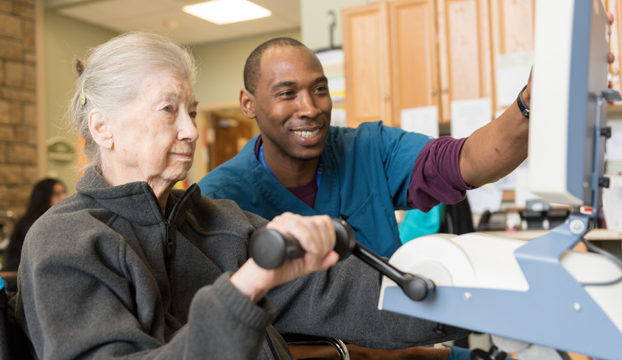
Acute injuries in athletics can happen unexpectedly and often lead to serious problems for athletes. These traumas can vary from twists and tears to breaks and concussions. To help prevent these injuries, it is essential to adopt focused protective strategies. These strategies concentrate on education, proper training, equipment use, and overall well-being maintenance. By tackling these important areas, players can considerably reduce their risk of experiencing acute injuries while engaging in their beloved sports.
One effective approach to minimizing the risk of injuries is through education. Players, trainers, and guardians should be informed about the common types of injuries associated with particular activities. Comprehending the mechanics of these injuries allows everyone to identify the indicators and signals early. Informative workshops or seminars can assist teach players about proper techniques and the significance of preparing up before matches or training sessions. This understanding empowers athletes to take charge for their well-being and motivates them to communicate any concerns about potential traumas.
Another crucial preventive strategy is proper preparation. Players should engage in a well-rounded conditioning program that centers on developing strength, flexibility, and endurance. Strength training assists build the muscle groups that stabilize joints, reducing the likelihood of traumas. Flexibility routines, such as stretching, can improve the scope of motion and reduce the chance of muscle strains. Additionally, players should integrate sport-specific drills that mimic game situations, which can assist them become more familiar with the movements involved in their selected activity. click over here now Trainers play a vital role in developing and executing these training programs to ensure they are safe and efficient.
The use of suitable equipment is also essential in reducing acute injuries in athletics. Players should always wear the appropriate gear for their specific sport, including helmets, pads, and suitable footwear. For example, football players need helmets to shield against head injuries, while soccer players require shin guards to protect their legs from impact. It is essential that gear is fitted properly and is maintained regularly to guarantee it provides the intended protection. Trainers and parents should encourage players to take the time to choose and wear the right gear to reduce their risk of trauma.
In addition education, preparation, and equipment, upholding overall well-being is essential for injury avoidance. Athletes should prioritize adequate nutrition, hydration, and rest to keep their bodies in top shape. A balanced diet rich in vitamins and minerals helps facilitate muscle recovery and overall physical performance. Maintaining hydrated is also crucial, as dehydration can result to fatigue and heighten the risk of traumas. Lastly, getting enough rest is crucial for recovery and maintaining focus during training sessions and games. By encouraging good health habits, players can enhance their effectiveness and lower their chances of experiencing acute injuries.
In summary, reducing the risk of acute injuries in sports requires a multifaceted approach that includes education, proper training, suitable gear, and overall well-being maintenance. By concentrating on these specific protective strategies, players can more effectively safeguard themselves from the risks of traumas. Trainers, parents, and athletes all have important roles to play in fostering a secure sports environment. By cooperating together and emphasizing protection, the enjoyment of athletics can persist without the disruption of serious traumas.